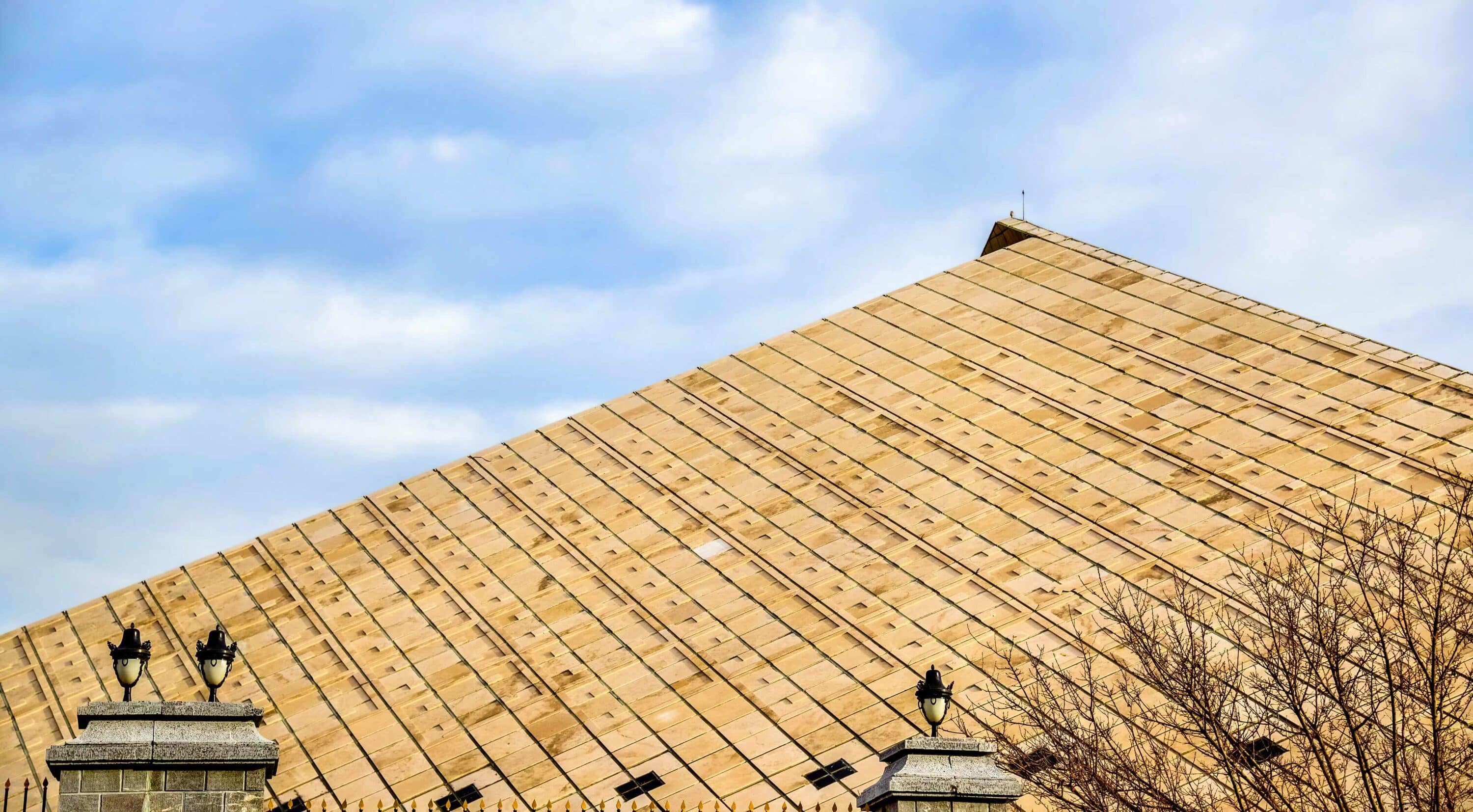
How Do Presidents Get Elected in Iran?
How Do Presidents Get Elected in Iran?
How Are Iranian Presidential Candidates Vetted?
In order to run for office, those announcing their intention to run must be vetted and approved by Iran’s Guardian Council. This is the most influential body in Iran, consisting of six theologians appointed by the Supreme Leader and six jurists nominated by the judiciary and approved by parliament.
More about Iran’s political system
Only 6 out of 80 candidates were approved by the Guardian Council in the 2024 election. This is a powerful body of theologians and jurists hand selected by the Supreme Leader and the Judiciary. Barred from running were all women, Arabs and secular candidates.
The Guardian Council also disqualified any candidates with ambitions beyond presidency (such as Ali Larijani, a former speaker of parliament from the clerical center of Qom, who might have vied for the role of supreme leader, and former president Mahmoud Ahmadinejad, who had had public quarrels with the supreme leader).
In fact, five of the six candidates approved were not clerics, disqualifying them from ever becoming supreme leader.
How did the People of Iran Vote in the 2024 Presidential Elections?
In a surprise twist, and even despite two of the hardliners dropping out in a bid to avoid splitting the vote, Pezeshkian drew an inconclusive result against Jalili, with Jalili taking the lead in traditional Islamic centers – provinces like Qom, the bastion of Shiite Islam – and Pezeshkan leading the way in the ethnic communities. This is despite these same communities showing the lowest turnouts with marginalized minorities demonstrating little faith in the process or the regime.
By way of example, in the Kermanshah province which is home to many Kurds (Pezeshkian’s mother is Kurdish), turnout was down 29% compared to the previous election.
Even still, Masoud Pezeshkian came in first, with 10.4 million votes (42.45%), followed closely by Saeed Jalili, a hardliner and former secretary of the Supreme National Security Council and nuclear negotiator, with 9.4 million votes (38.61%). The other two, Qalibaf (conservative speaker of parliament) and Pourmohammadi, together secured less than 15% of the votes.
Get our newsletter
Stay up to date with what God is doing in Iran today! Get the latest prayer points, project advancements, and opportunities to get involved.
A runoff election was announced for the following week. Turnout rose to 49.8%. Despite the expectation that Jalili’s position would be strengthened by endorsement from Qalibaf, Pezeshkian won with 53.6% of the vote (versus Jalili’s 44.3%).
Now Pezeshkian is appointed President of Iran – and we are in unchartered waters.
What could this mean for Iran? In short, likely nothing significant.
On paper, Pezeshkian promises much. But in reality, he will continue to be controlled and monitored by the real authority that runs Iran: the Supreme Leader.

Donate Today
